Come play at the RIBA’s Brutalist Playground by Assemble and Simon Terrill
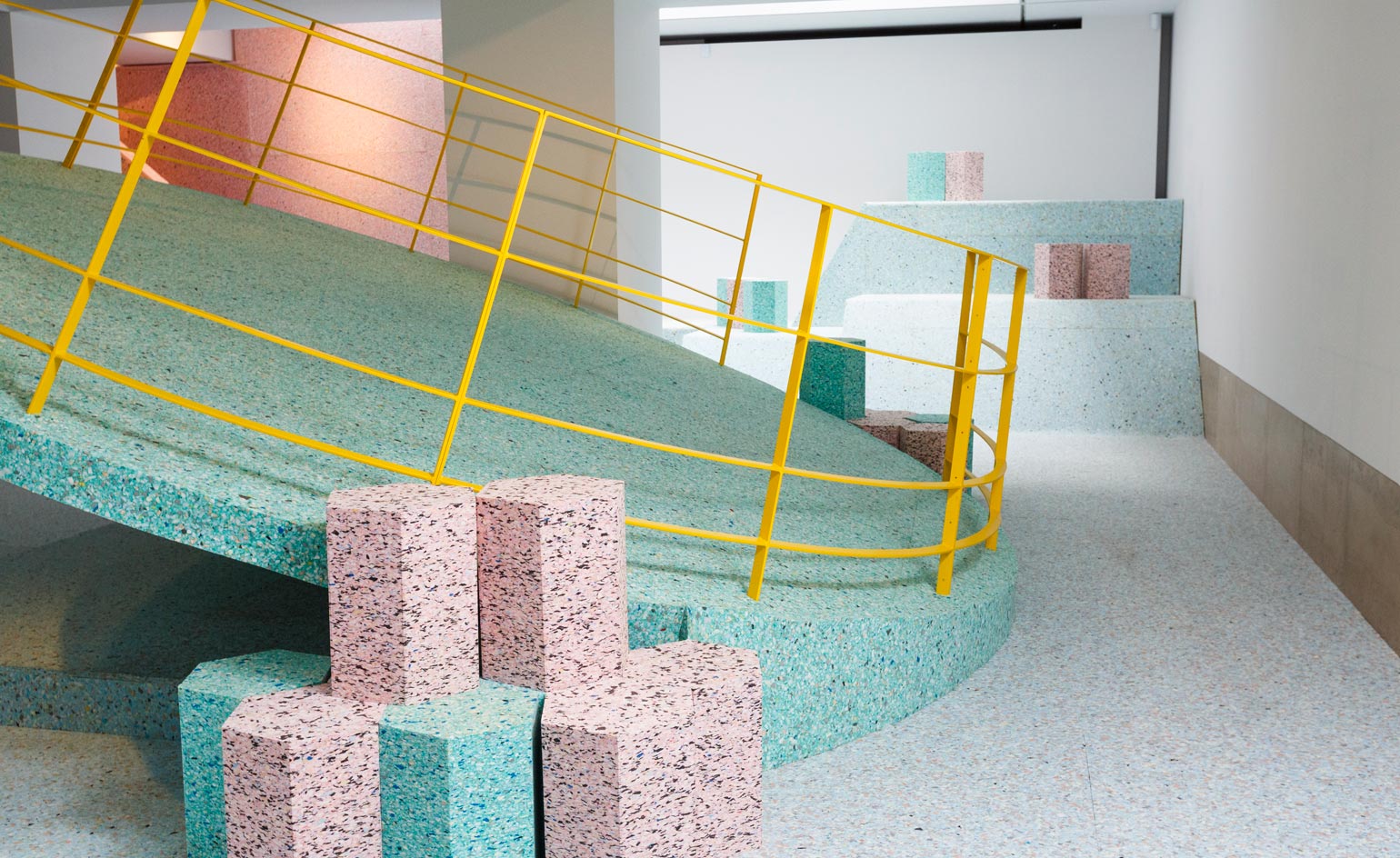
Summer is synonymous to playing outside and in keeping with the season, an exciting new exhibition at London's RIBA headquarters looks into contemporary issues surrounding play through a decidedly architectural lens. The brainchild of recent Turner Prize-nominees Assemble, the 2010-established architecture and design collective based in East London, and artist Simon Terrill, The Brutalist Playground is a comment, or homage, to the playgrounds built for mid-twentieth century housing, which are now largely considered unsuitable for play.
Traditionally cast in concrete, a material today near-unthinkable for a children's playground, the complexes are often beautiful, sculptural pieces, evoking 'a disappearing world of concrete mazes and windswept walkways' as Terrill explains. The team documented these abstract compositions, scattered in various London locations. References include estates such as Churchill Gardens in Pimlico and the Brownfield Estate in Poplar. The team worked closely with the RIBA collections to project archive images of the original playgrounds on the walls.
Examining the playgrounds of post-war urbanity, the display is a landscape of shapes and colours - and one that the visitor can explore first hand, as guests are invited to take their shoes off and jump into the exhibit. There are steps, a tower and mini bollard-stools, as well as a 'flying saucer', echoing the one at Churchill Gardens, which, the team reveals, 'is what started the exhibition'. 'These structures are immobile and it is the movement of the visitors that makes them exciting,' says Assemble's Jane Hall.
The exhibition, described by the RIBA as 'part-sculpture, part-architectural installation', takes over the entire Architecture Gallery. Created out of chip foam, it looks rigid and hard, but up-close feels soft and welcoming. As such, it plays with ideas of safety and risk-taking on the playground. 'It is a bit tongue in cheek but we played by the rules,' says Assemble's Joe Halligan. 'Is risk a bad thing?' he asks.
A wide-ranging public program of talks, debates, film screenings, workshops and events for families will accompany the show, which is also an official part of the 2015 London Festival of Architecture.
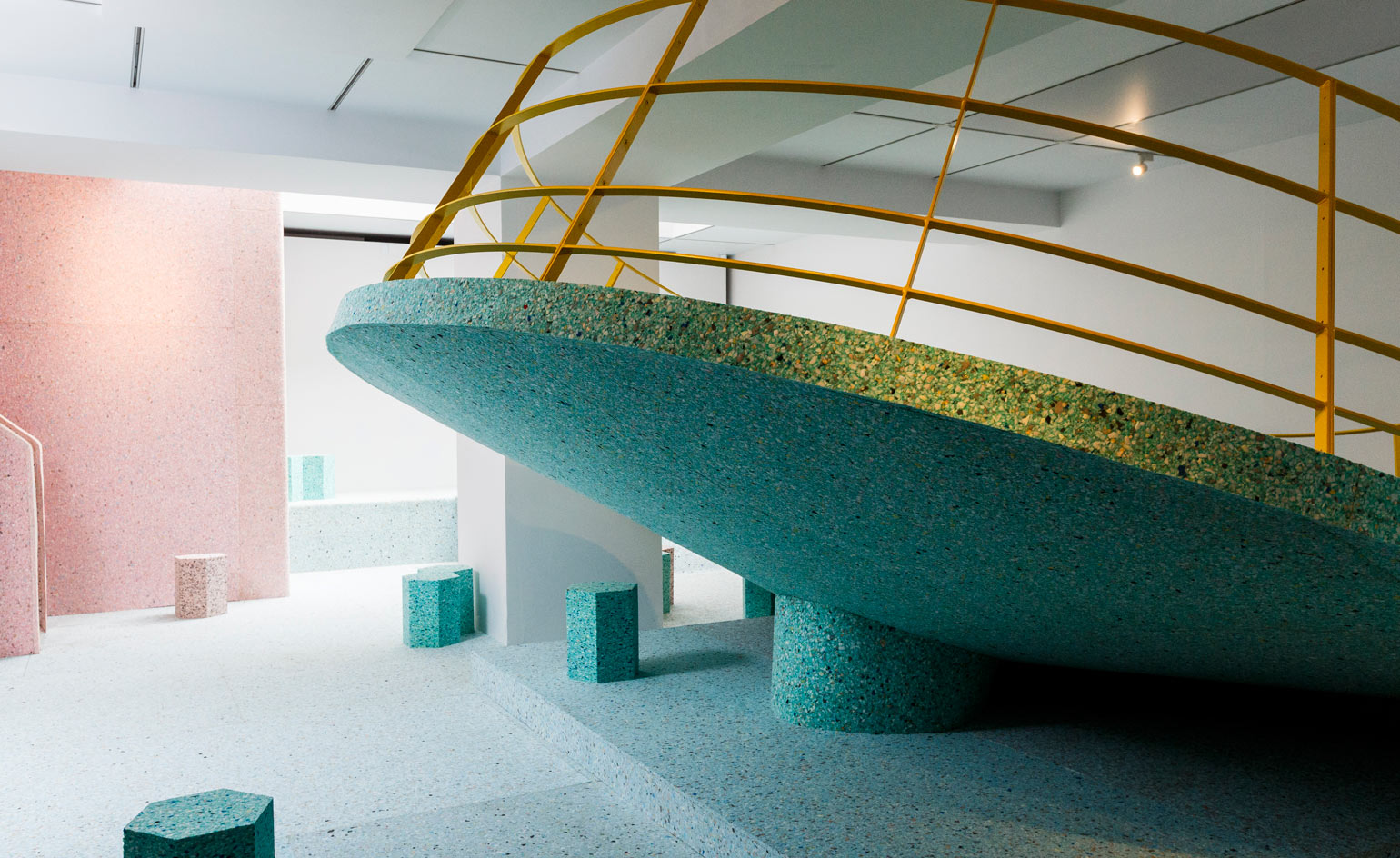
The show features abstract shapes that reference existing London playgrounds, such as the 'flying saucer', found in Pimlico's Churchill Gardens by Powell and Moya. Images for RIBA
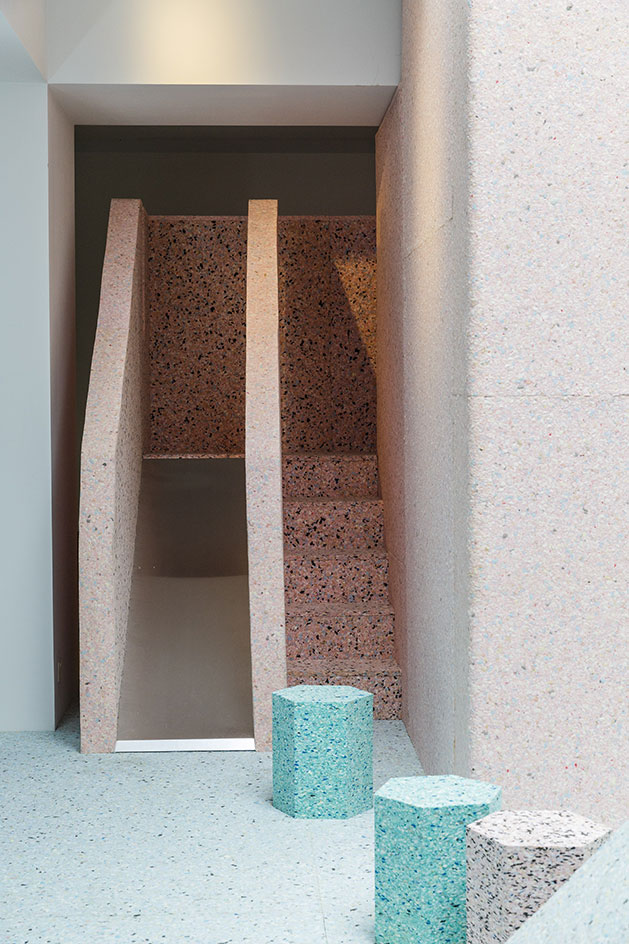
It may seem hard, at first glance, but the installation is in fact soft and welcoming, clad in foam. Images for RIBA
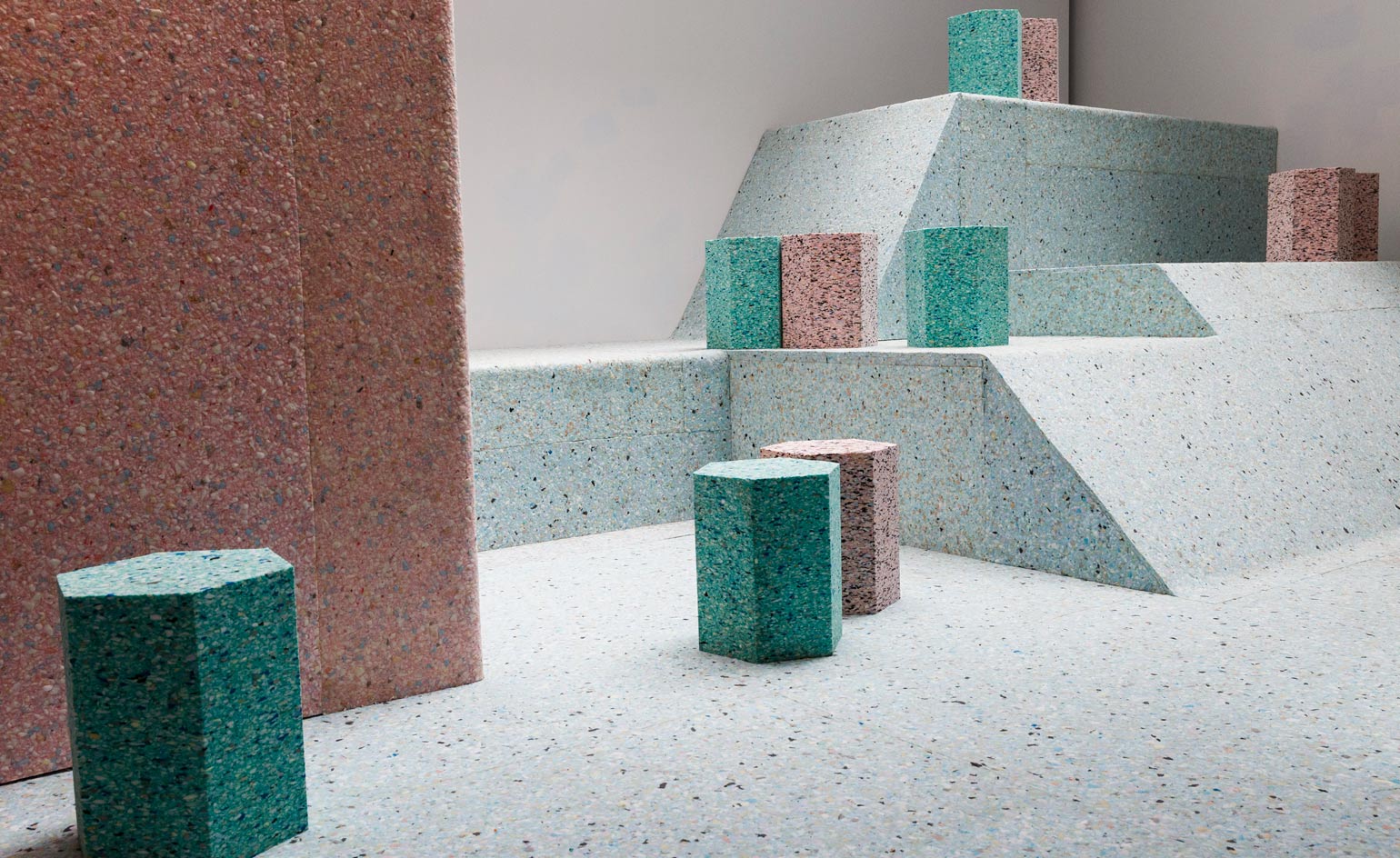
Visitors are encouraged to take their shoes off and explore the installation first hand. Images for RIBA
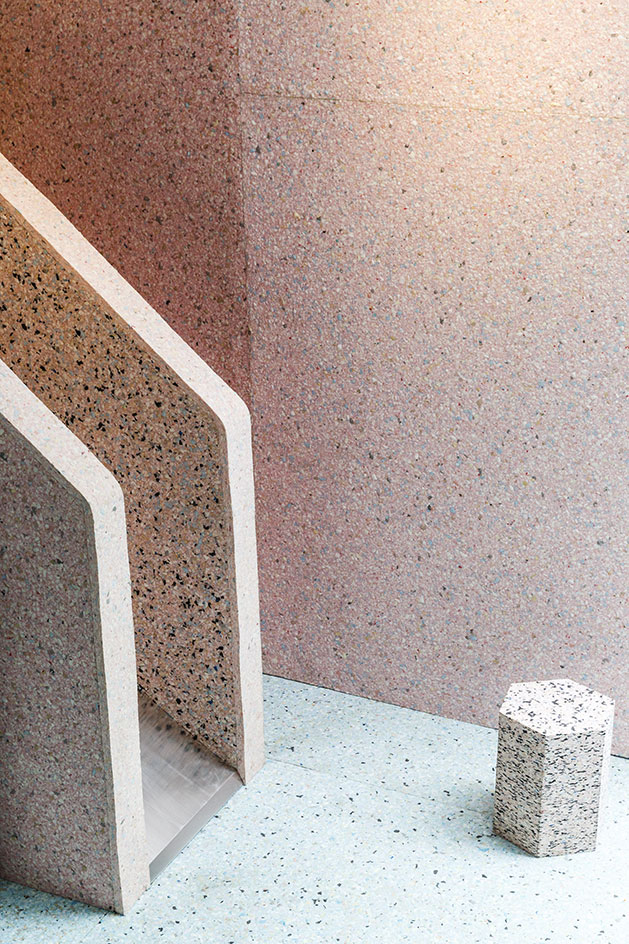
Paying homage to London's mid-20th-century housing estates' playgrounds, the installation will be on view throughout the summer. Images for RIBA
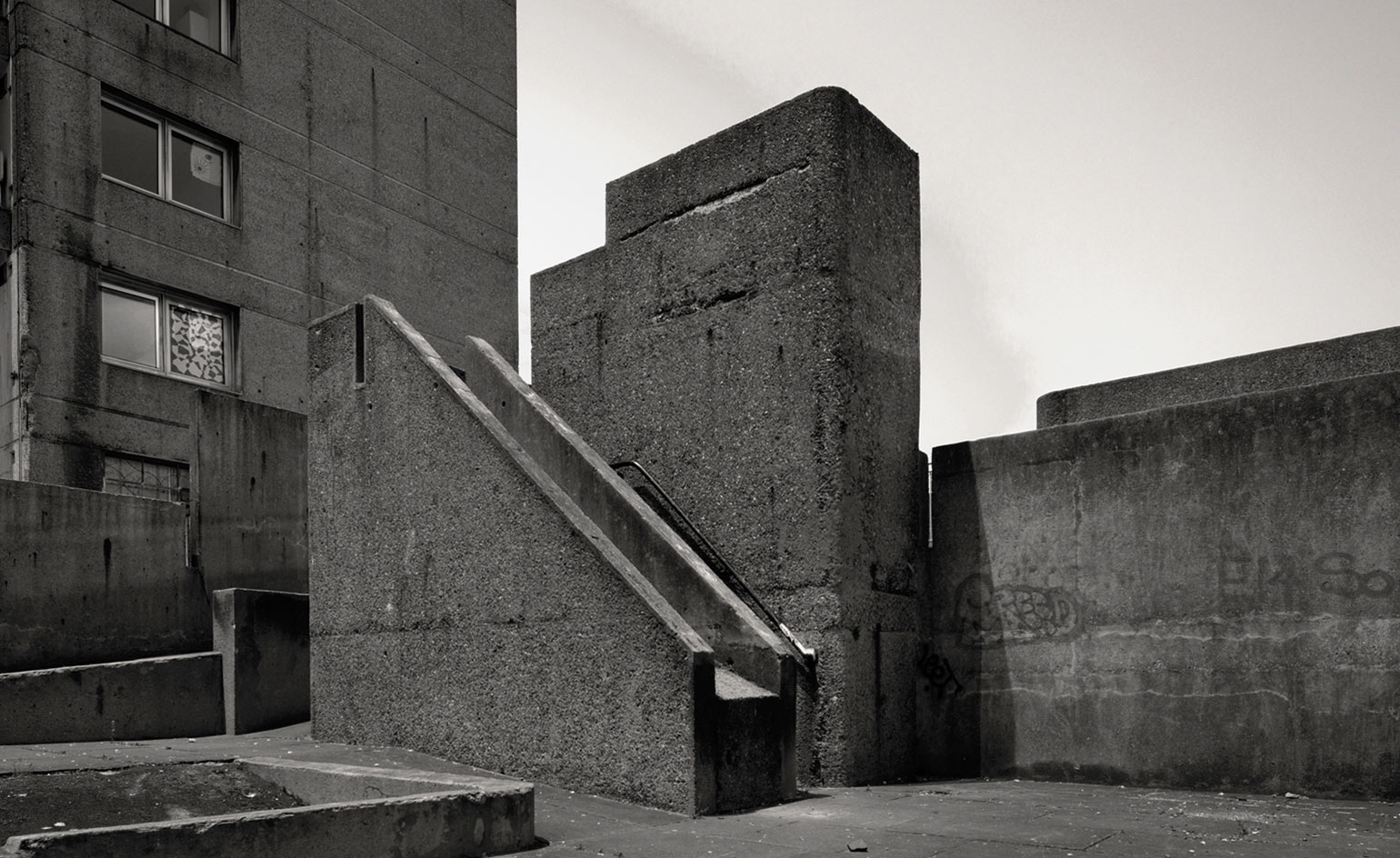
The Balfron Tower's concrete playground provided inspitation for the team.
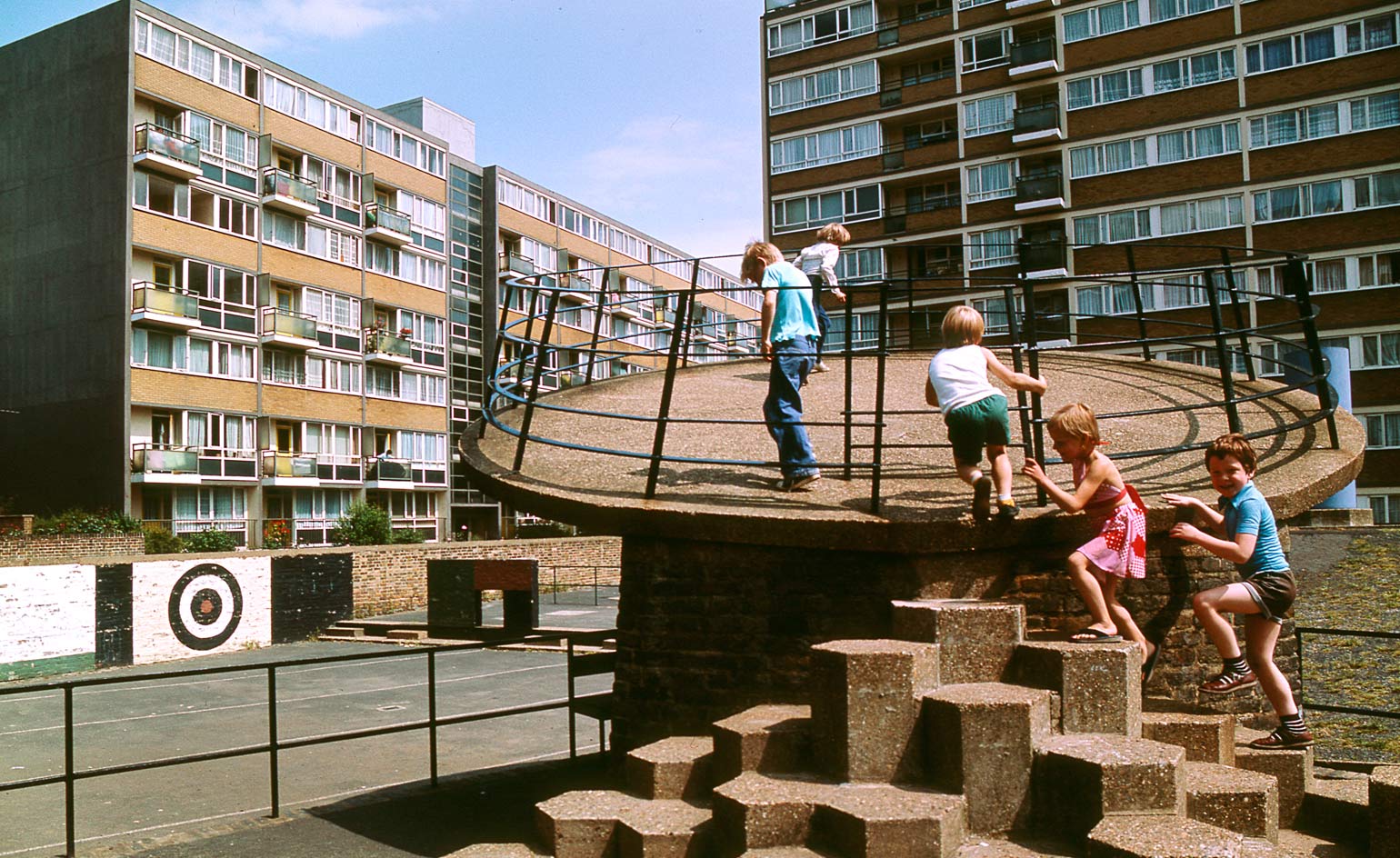
The Churchill Gardens estate in West London has one of the capital's most recognisable modernist playgrounds.
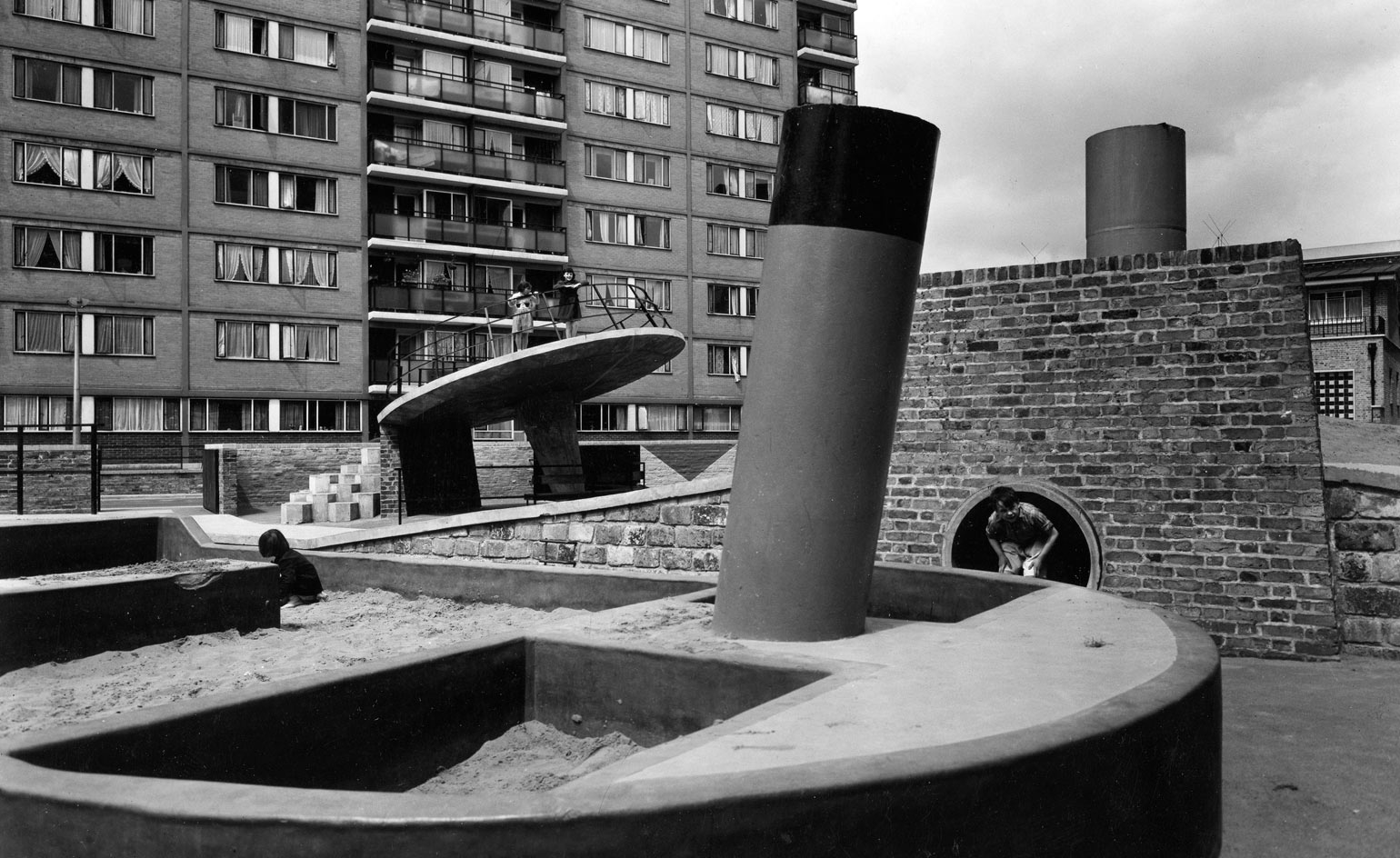
Churchill Gardens' 'flying saucer' is echoed in the installation's structure.
ADDRESS
Architecture Gallery at RIBA
66 Portland Place
London, W1
Receive our daily digest of inspiration, escapism and design stories from around the world direct to your inbox.
Ellie Stathaki is the Architecture & Environment Director at Wallpaper*. She trained as an architect at the Aristotle University of Thessaloniki in Greece and studied architectural history at the Bartlett in London. Now an established journalist, she has been a member of the Wallpaper* team since 2006, visiting buildings across the globe and interviewing leading architects such as Tadao Ando and Rem Koolhaas. Ellie has also taken part in judging panels, moderated events, curated shows and contributed in books, such as The Contemporary House (Thames & Hudson, 2018), Glenn Sestig Architecture Diary (2020) and House London (2022).
-
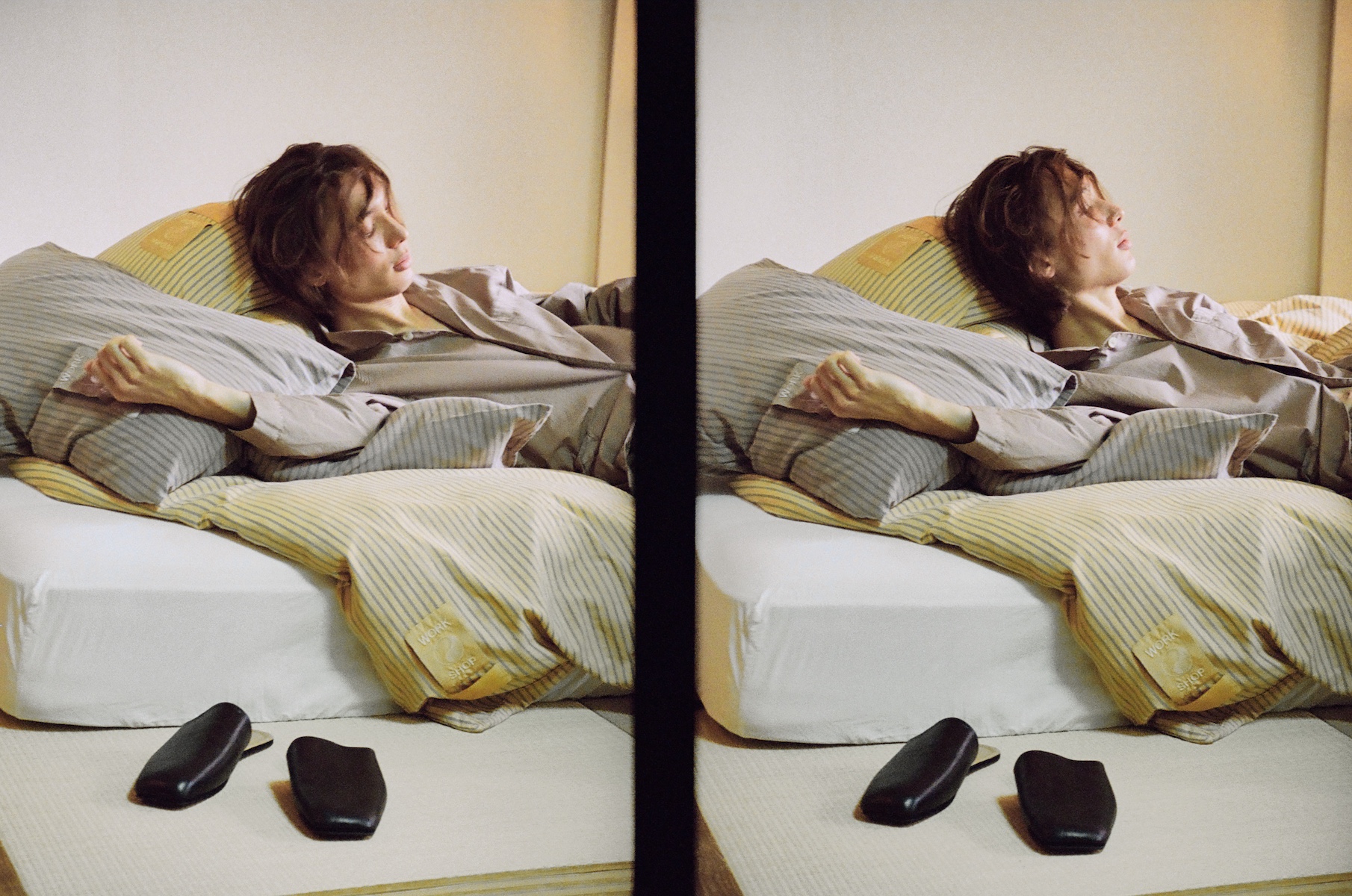 Magniberg’s latest bedwear collaboration with Our Legacy is beautifully sun-faded and lived-in
Magniberg’s latest bedwear collaboration with Our Legacy is beautifully sun-faded and lived-inColoured using dyes derived from plants and minerals, the new bedding sets and pyjamas are meant to evoke the feeling of ‘a well-worn band T-shirt or your favourite vintage sweatshirt’, says Our Legacy co-founder Jockum Hallin
-
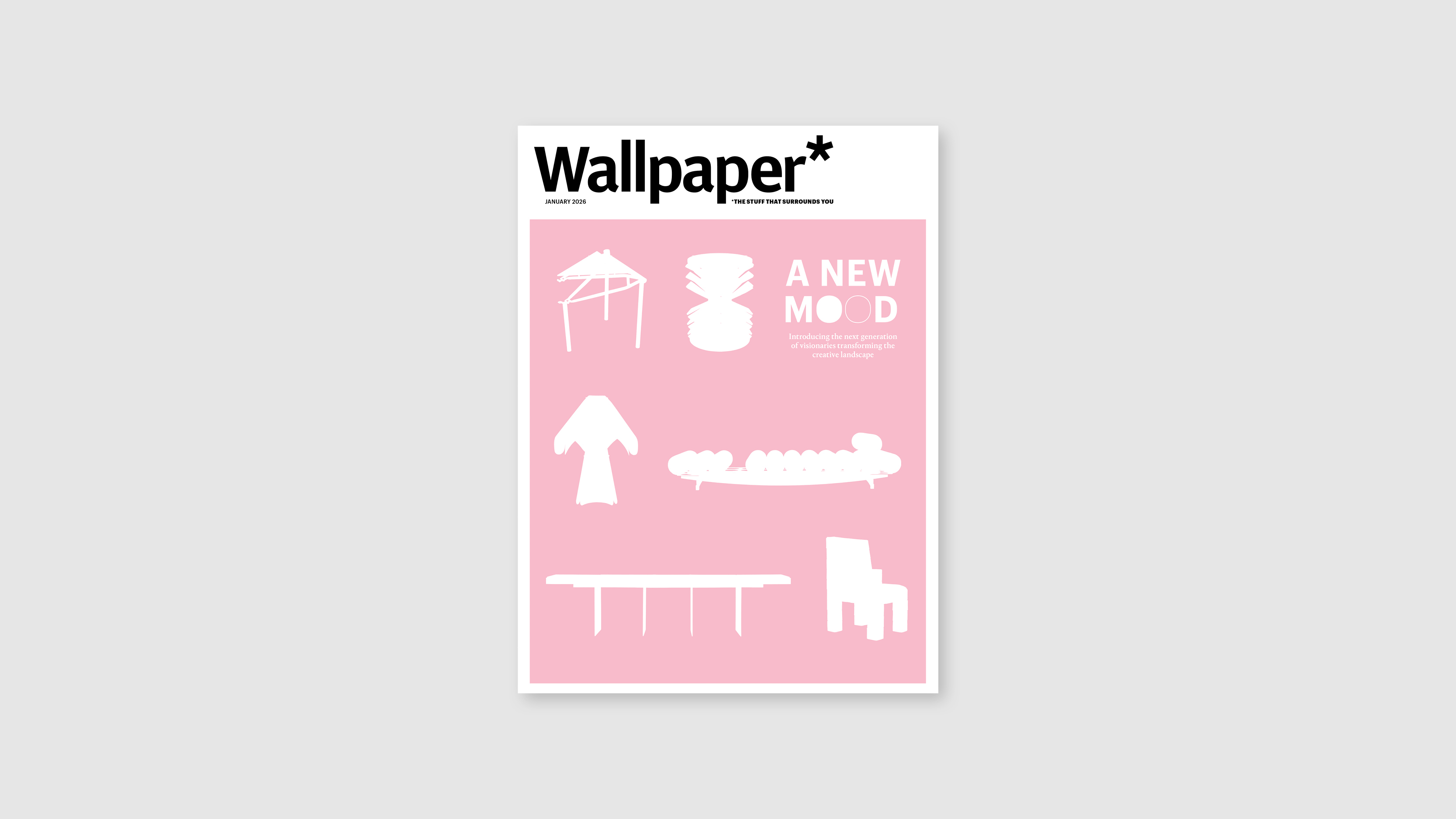 Meet the Next Generation of creative stars to know in January Wallpaper*, out now
Meet the Next Generation of creative stars to know in January Wallpaper*, out nowFrom young designers, artists and architects about to make the world a better place to emerging cultural hotspots for your radar – discover a new dawn in Wallpaper* January 2026, on newsstands
-
 Rivian hits Miami Art Week to release R1S Quad Miami Edition, a new colour and a scent
Rivian hits Miami Art Week to release R1S Quad Miami Edition, a new colour and a scentVivid sights and evocative smells are part of Rivian’s quest to humanise its all-electric SUVs
-
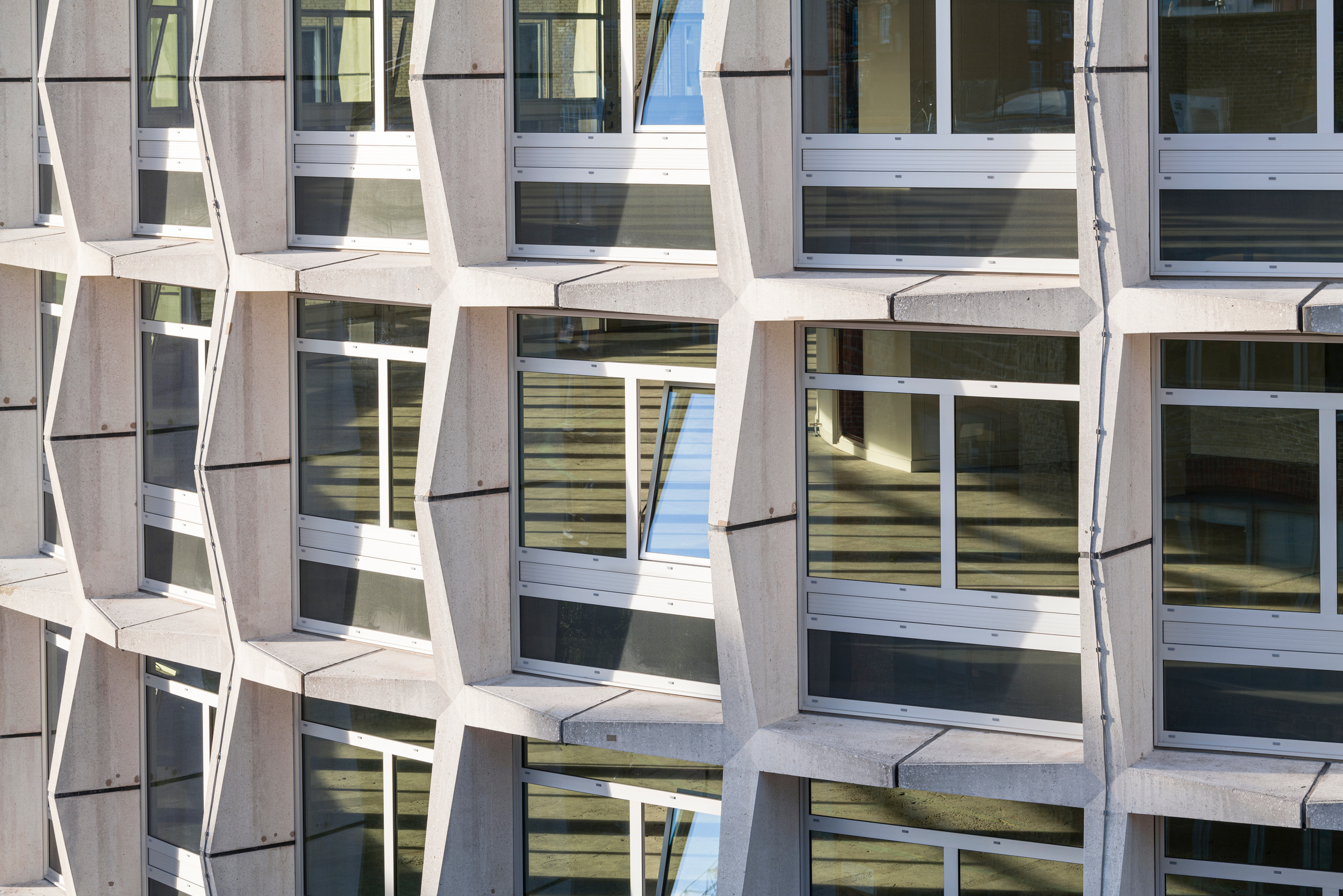 Richard Seifert's London: 'Urban, modern and bombastically brutalist'
Richard Seifert's London: 'Urban, modern and bombastically brutalist'London is full of Richard Seifert buildings, sprinkled with the 20th-century architect's magic and uncompromising style; here, we explore his prolific and, at times, controversial career
-
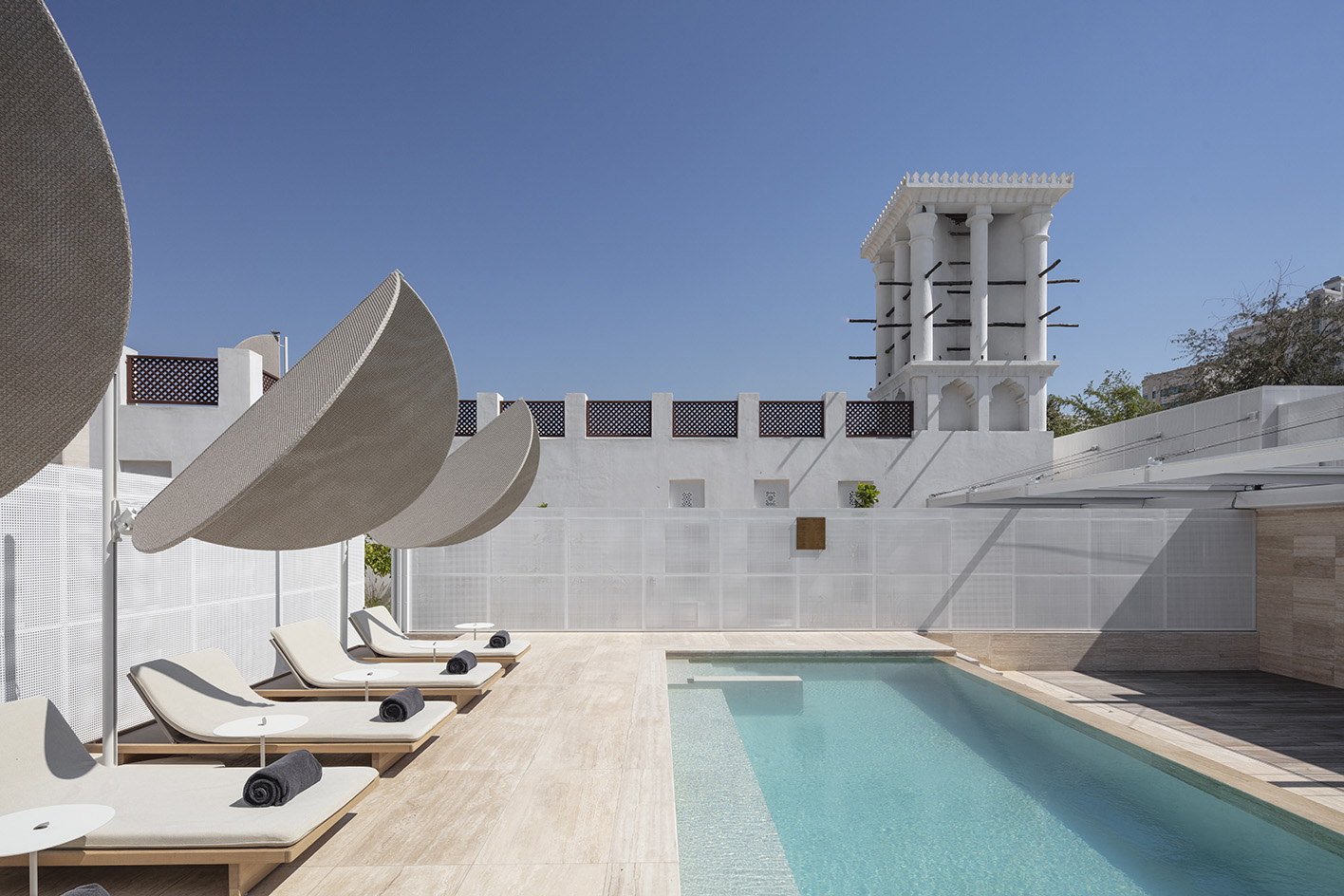 RIBA launches new awards – and for the first winners, we look to the Middle East
RIBA launches new awards – and for the first winners, we look to the Middle EastThe RIBA Middle East Award winners are announced today. The first of the organisation's two new territory awards series honours a women-only mosque, a luxury hotel, a city park and more
-
 The Architecture Edit: Wallpaper’s houses of the month
The Architecture Edit: Wallpaper’s houses of the monthFrom Malibu beach pads to cosy cabins blanketed in snow, Wallpaper* has featured some incredible homes this month. We profile our favourites below
-
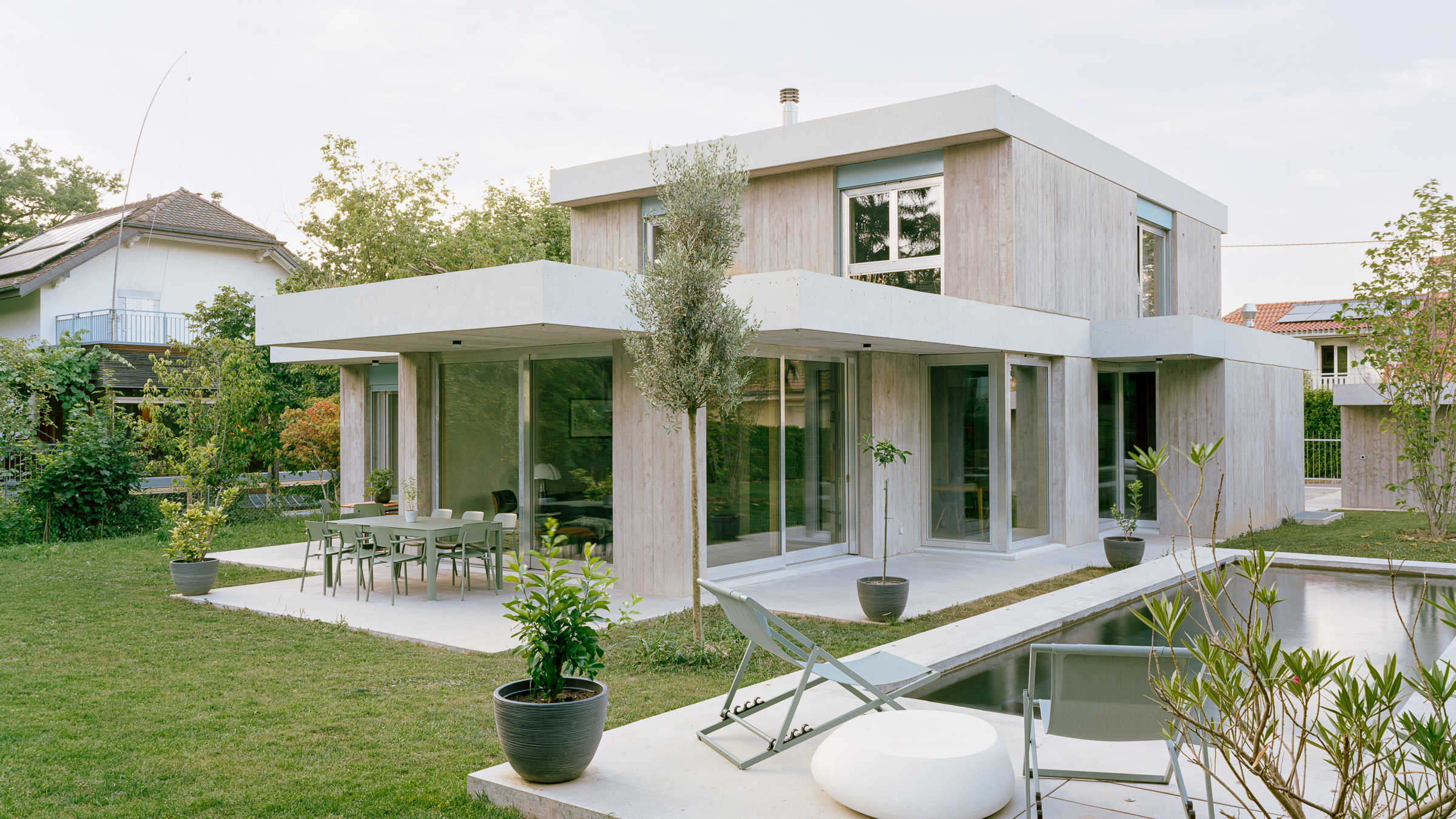 A neo-brutalist villa for an extended family elevates a Geneva suburb
A neo-brutalist villa for an extended family elevates a Geneva suburbLacroix Chessex Architectes pair cost-conscious concrete construction with rigorous details and spatial playfulness in this new villa near Geneva
-
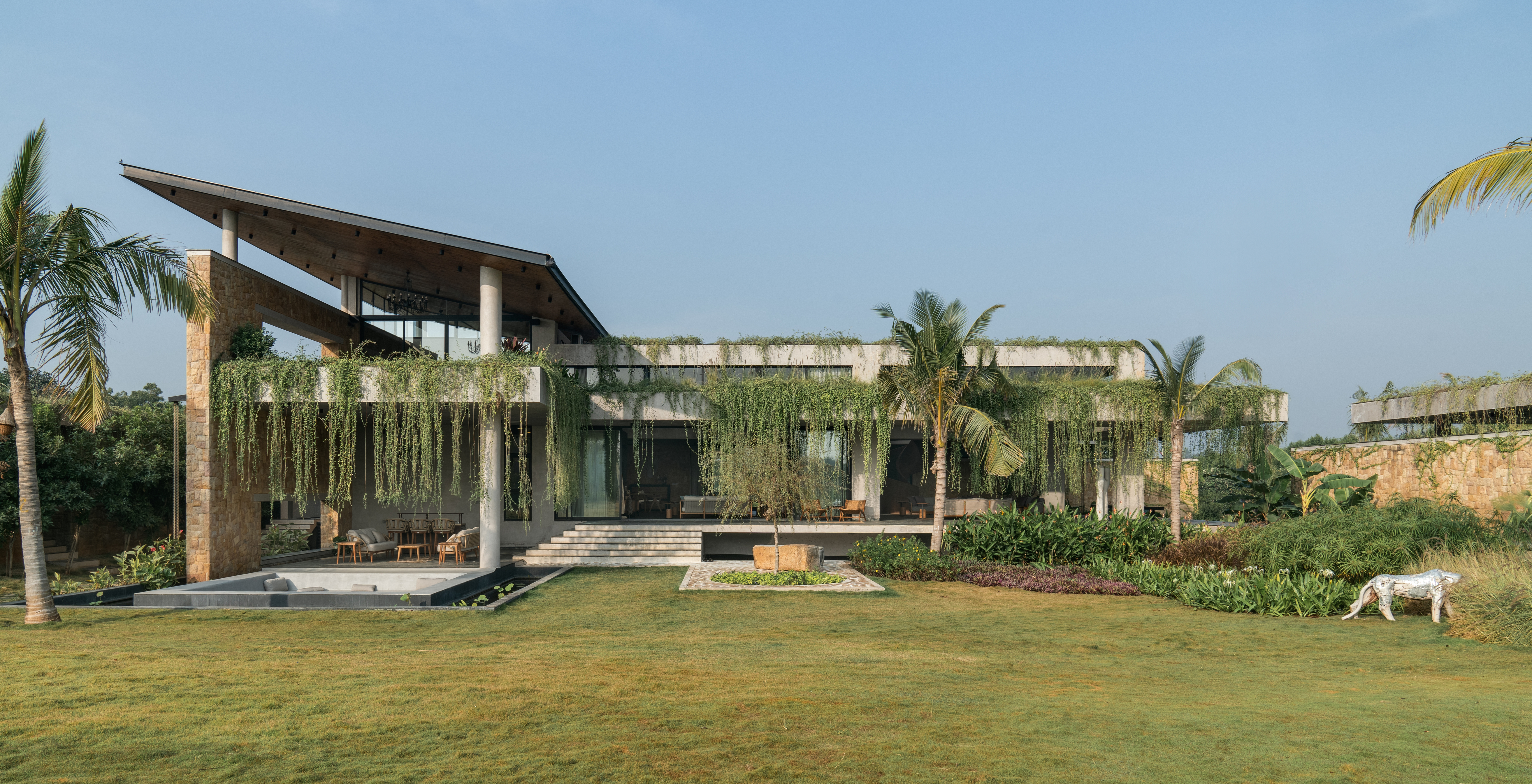 Cascading greenery softens the brutalist façade of this Hyderabad home
Cascading greenery softens the brutalist façade of this Hyderabad homeThe monolithic shell of this home evokes a familiar brutalist narrative, but designer 23 Degrees Design Shift softens the aesthetic by shrouding Antriya in lush planting
-
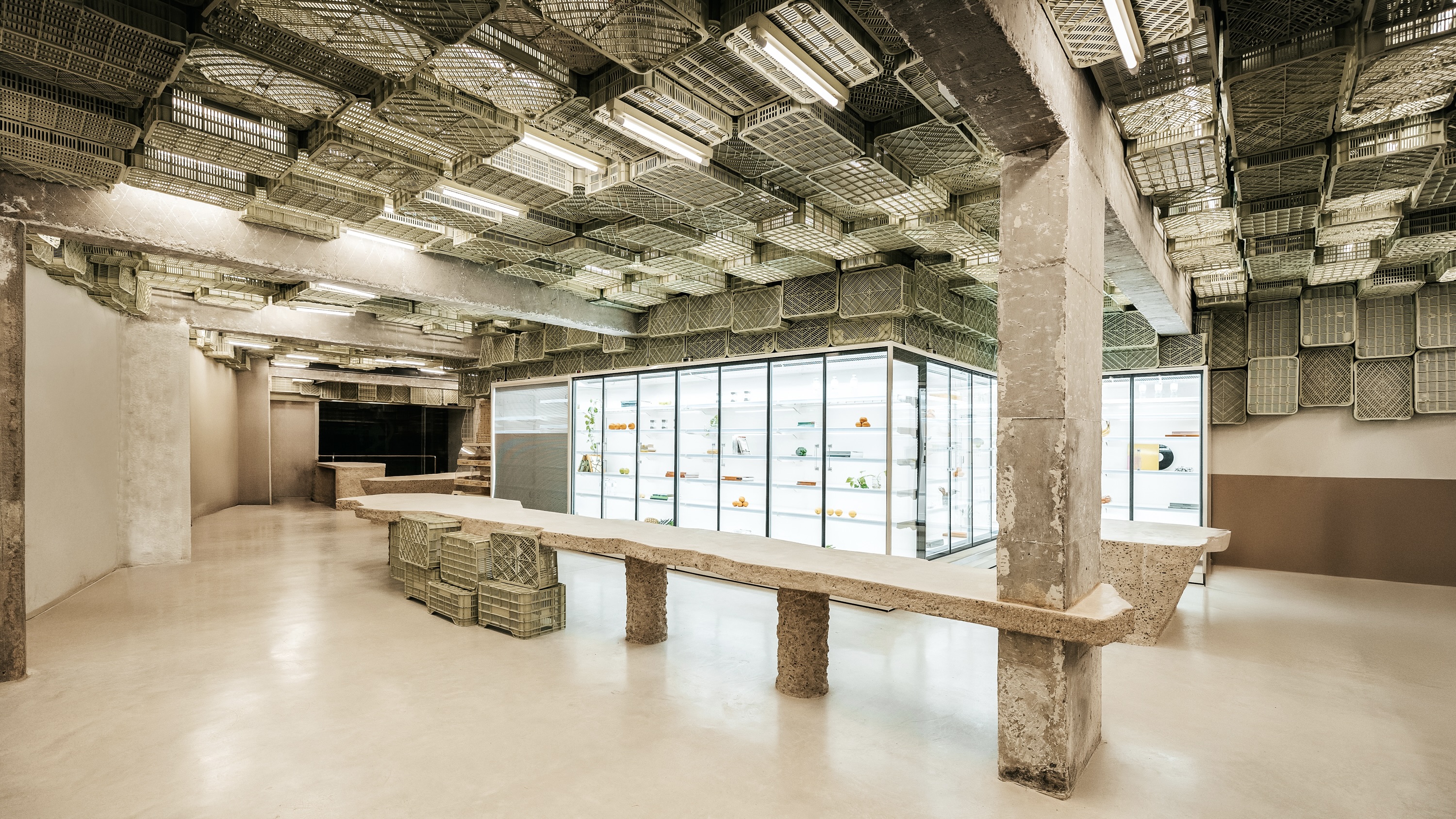 Spice up the weekly shop at Mallorca’s brutalist supermarket
Spice up the weekly shop at Mallorca’s brutalist supermarketIn this brutalist supermarket, through the use of raw concrete, monolithic forms and modular elements, designer Minimal Studio hints at a critique of consumer culture
-
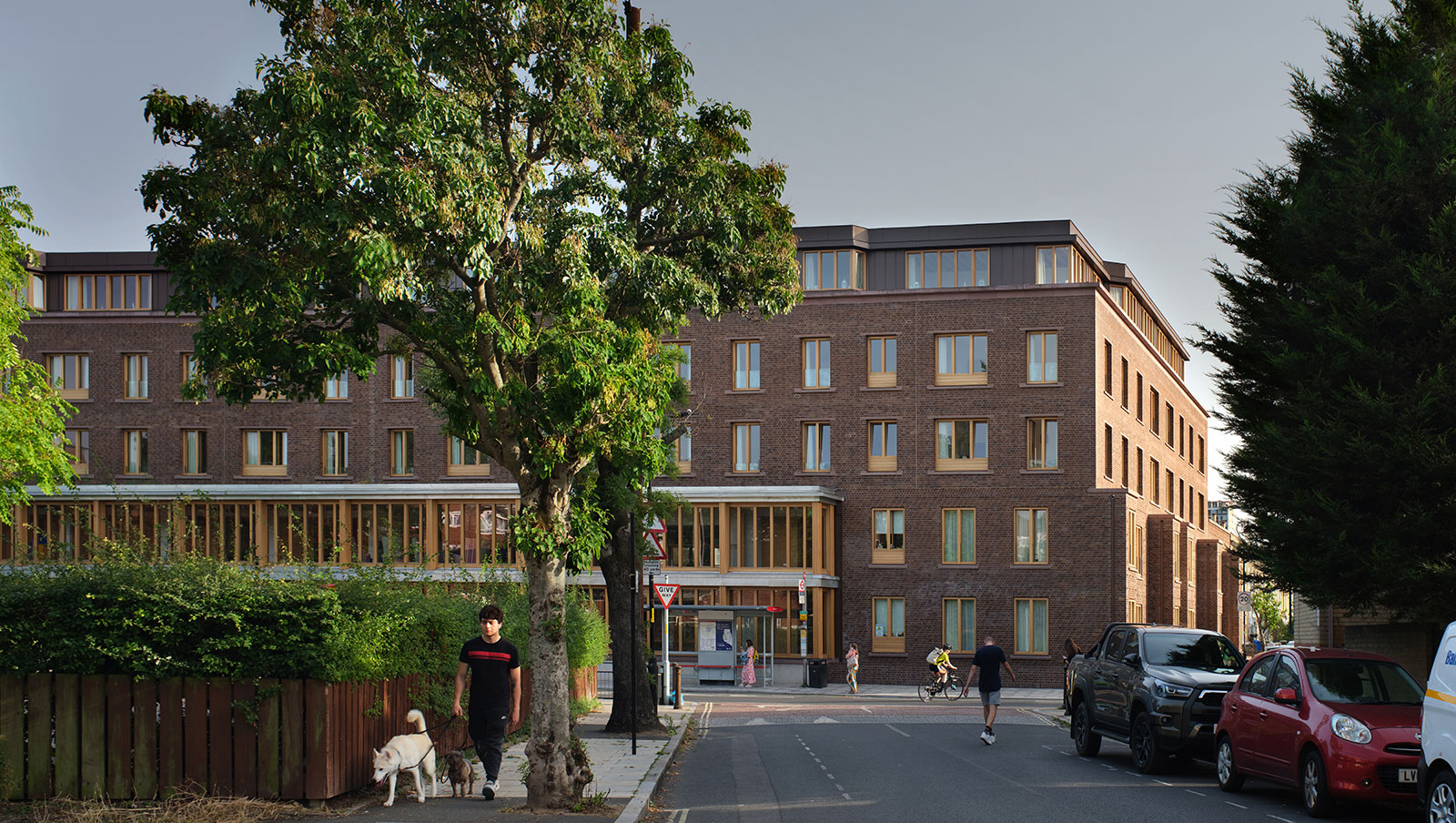 RIBA Stirling Prize 2025 winner is ‘a radical reimagining of later living’
RIBA Stirling Prize 2025 winner is ‘a radical reimagining of later living’Appleby Blue Almshouse wins the RIBA Stirling Prize 2025, crowning the social housing complex for over-65s by Witherford Watson Mann Architects, the best building of the year
-
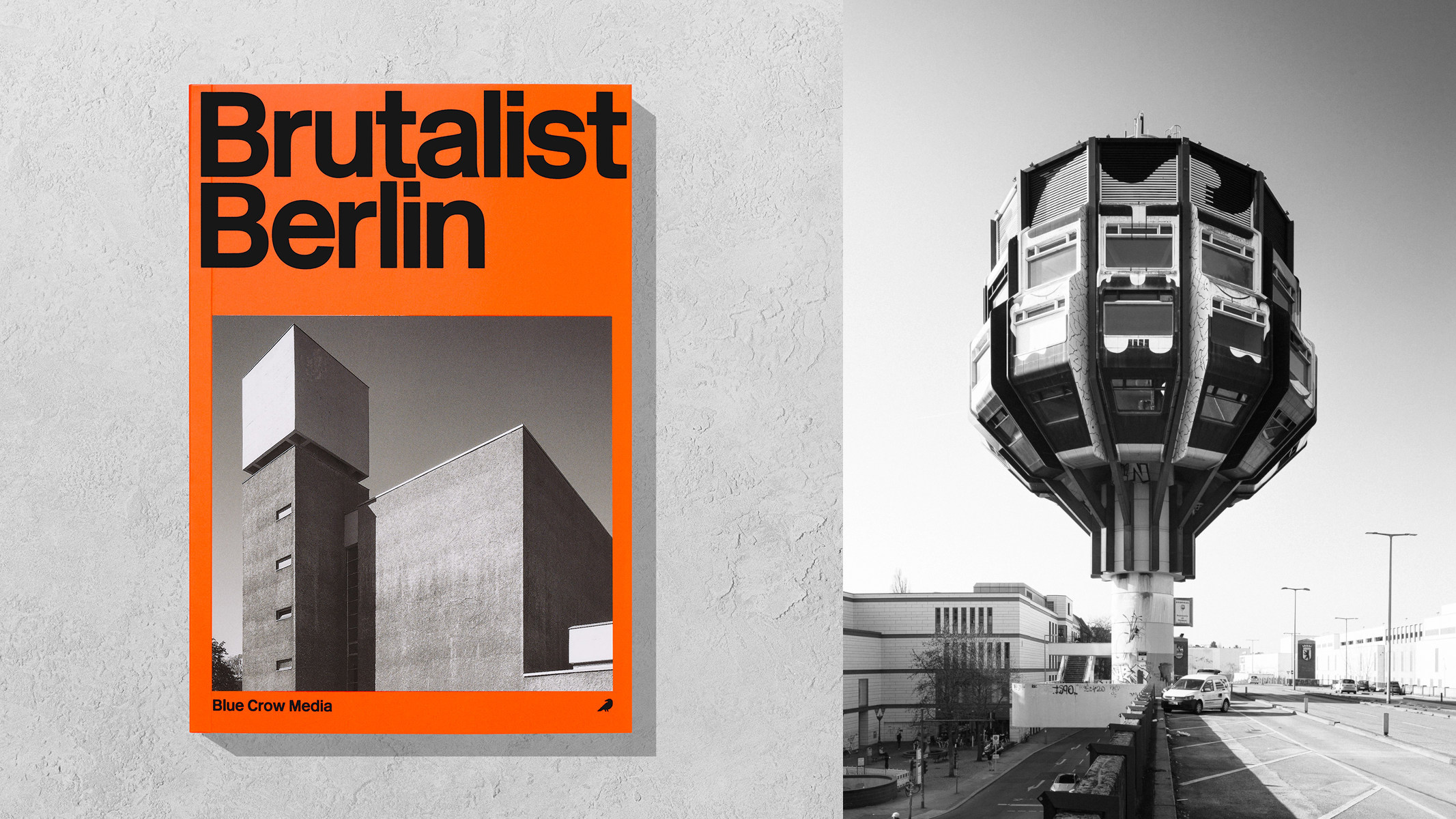 ‘Brutalist Berlin’ is an essential new guide for architectural tourists heading to the city
‘Brutalist Berlin’ is an essential new guide for architectural tourists heading to the cityBlue Crow Media’s ‘Brutalist Berlin’ unveils fifty of the German capital’s most significant concrete structures and places them in their historical context